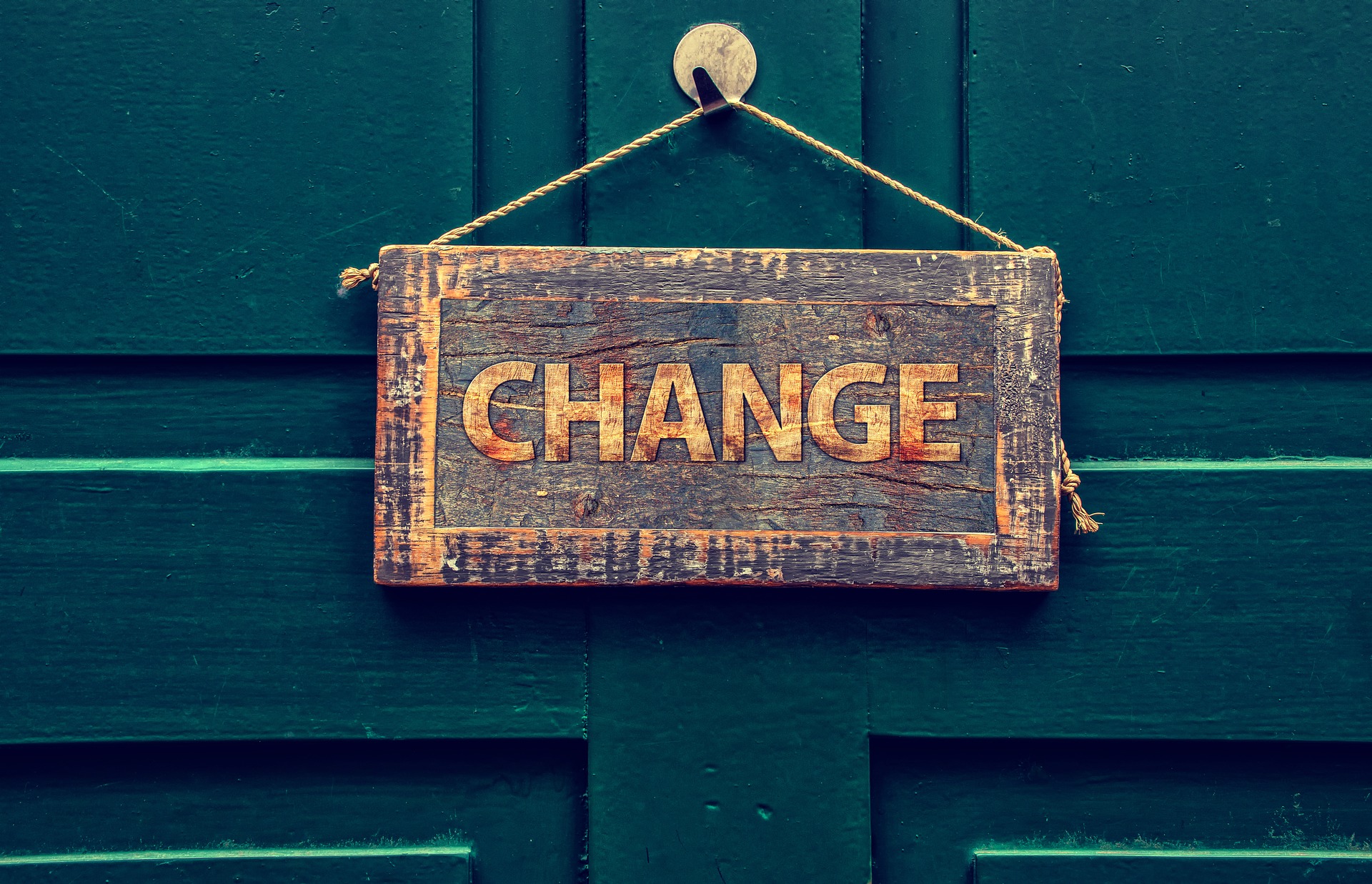The InterWork Alliance and application of the World Economic Forum Global Standards Mapping Initiative (GSMI) technical report
By - Paul DiMarzio, Executive Director, InterWork Alliance
The white paper Global Standards Mapping Initiative: An overview of blockchain technical standards, published by the World Economic Forum in October 2020, delivers a much-needed analysis and guide for sifting through technical standards. It is one component of a broader effort1 to catalogue data from “30 technical standard-setting entities, 185 jurisdictions, and nearly 400 industry groups” known at the time to be focused on the distributed ledger technology (DLT) space. The InterWork Alliance, in existence only four months at the time of publication, is highlighted as one of the organizations involved in standard-setting efforts. In this blog post, I’d like to poke into the details a bit and show how well aligned IWA operations are with respect to the findings and recommendations of this GSMI paper.
The role played by the IWA
First, it’s important to clarify that the IWA is not specifically a DLT standards organization! Although highly aligned with what’s happening in the DLT space, we focus on a much larger, more ambitious view of how organizations can define tokenization as a valuable business term and use tokens to work better together at the business level.
“Given today’s realities, businesses have an ever-increasing need to engage in token creation. Endeavors that provide platform-independent opportunities for businesses to focus on how to define the token models and contracts they need, like the InterWork Alliance does, are both timely and important,” said Sheila Warren, head of Blockchain and Data Policy, and member of the Executive Committee, World Economic Forum.
InterWork Alliance Launches to Standardize Token-Powered Ecosystems Worldwide, June 2, 2020
Sheila Warren’s statement in the InterWork Alliance launch noting the importance of the IWA’s work to standardize “platform-independent opportunities for businesses” is a good way to open the discussion of the IWA’s focus, and how our efforts relate to DLT-focused standards.
Defining a digital token as the representation of anything of value, the IWA vision is that token-based multi-party digital interchanges of value will disrupt global economics and radically improve how commerce will be transacted. We were formed to address an industry-wide concern that the lack of standards at the business level impedes the ability for multi-party ecosystems to achieve web scale, and have taken on the mission of bringing inclusivity to globally distributed applications through a common-ground venue for collaborating on market-driven specifications backed by a trusted certification program.
So how does this relate to DLT? The concept of tokenized value first came from the blockchain space and is (unfortunately) very often thought of in terms of cryptocurrency due to the early Bitcoin and Ethereum blockchain networks. But it was pretty clear to us that there’s no need to tie tokens to blockchains (or more universally, DLTs), and that blockchain is really just the first step in what is a much larger approach to looking at how organizations work together. Although many tokens will run on distributed ledgers, it’s not necessary to make platform part of the token discussion; whether or not the tokens eventually reside on a blockchain or distributed ledger is irrelevant.
This GSMI paper gives a great example that helps define the work of the IWA with respect to the work being done for DLT specifically. Consider email, where “today we can send emails to anyone with a valid address – regardless of whether they use the same email client, domain or type of computer. This unified experience is the result of a robust set of standards that specify how an email is processed, transmitted, retrieved, and more.”
DLT-aligned organizations focus on lower-level processing, transmission, and retrieval – creating the technical standards and protocols that facilitate seamless communications. The IWA is more aligned to creating a seamless market for tokenized business services – essentially, defining what email really is and the value that it provides. No-one else is looking to standardize tokenized services at this business level.
“Tokenization is unlocking new business cases, solving age-old limitations, and generating new avenues of value creation. But tokens are complicated. There are many categories and types, from utility tokens to non-fungible tokens, to collectibles and more. The InterWork Alliance is helping to break down these complex categories into building blocks for easy application, allowing enterprises to unlock the potential of decentralized technologies.”
Don Tapscott, Co-Founder and Executive Chairman, Blockchain Research Institute
Even in this context, it is critically important that the IWA remain in sync with the DLT-focused organizations and operate within the guidelines presented in the GSMI. Let’s take a look at a few key points from this GSMI paper.
Clarity and business focus
The paper’s introduction makes it clear that using business models is a critical element of driving standards development – maintaining a focus on the broader ecosystem, and producing output that is clear, consistent, and accessible to non-technical communities such as regulators are critical factors in creating standards that will be widely used.
“We are seeing the emergence of initiatives that aim to bring greater definition to the new business models, platforms and infrastructure that blockchain demands and enables.”
The IWA is perhaps the only organization that drives its standards in direct response to these emerging business models.
“Clarity remains a challenge as terminology remains inconsistent.” The paper’s key recommendation #3 for standard-setting entities is to “ensure that language and intended use are precise.” There’s a reason why the IWA’s first standards framework was named the Token Taxonomy Framework: the first step towards getting everyone on the same page is to have all involved – technology producers, consumers, and regulators – work from a consistent, properly named, and well-described taxonomy of the elements from which tokens are composed.
Simplicity is key!
It seems obvious, but sometimes the obvious still needs to be explained:
“Standards are optional by nature – they are either used or not”.
The paper’s key recommendation #6 for standard-setting entities is entirely focused on educating decision-makers so that the standards are well-understood, and keeping “an eye on roll-out and facilitate the creation of user-friendly tools or resources for the implementation of standards.” The IWA is producing a set of open-source tools to ensure that even non-technical team members can both understand and create tokenized services. The first tool in this suite, the IWA Token Designer, is already available in the Visual Studio Marketplace.
Why closed groups are critical
The current frenzy of blockchain/DLT activity began with the emergence of the Bitcoin and Ethereum networks, both of which are run via decentralized, open processes. This has created some pushback against traditionally-structured industry organizations that keep standards development closed to a group of subscribing contributors.
The paper outlines the pros and cons of various approaches to standards-setting. For instance, open processes are fully public and there are no assignments of intellectual property; these processes “risk creating standards that infringe on patents owned by participants. While this has not yet arisen as a substantive issue, it could be a risk in the future.” The IWA structure is designed to protect organizations that use products developed from IWA standards or open-source offerings against accidental or intentional royalty claims relating to the standards and open-source code themselves. This is an important consideration for businesses looking to use tokenized services.
Standards are a team sport!
30 technical standard-setting entities, 185 jurisdictions, and nearly 400 industry groups – that’s a lot! The very first key recommendation this paper makes for standard-setting organizations is to “ensure further coordination and collaboration among standard-setting organizations.” Standards only work if there are no competing overlaps, no unfilled gaps, and harmonization of definitions and terminology. The IWA has made alignment with other organizations a top priority, forming relationships with over two dozen critical organizations. Of course, these are all bilateral arrangements, and the paper notes that these do need to be supplemented with a more coordinated and inclusive approach. The GSMI as a standard-mapping initiative is a great start, and the IWA looks forward to participating in any future effort that brings unity across all standard-setting organizations in this space.
Key recommendations #4 and #5 speak to embracing the role of decentralization in standards creation and implementation, and seeking diverse input in the development and roll-out of standards. The IWA is committed to attracting standards producers, standards consumers, regulatory agencies, as well as like-minded non-profit organizations that are focused on similar issues but from different angles.
In fact, it’s critical that the team not just consist of standards producers – you should join in even if you’re a standards consumer! A key recommendation from the paper for entities adopting technical standards:
“Collaborate with other organizations to set the agenda for standard-setting. Organizations may benefit from joining or learning from an industry consortium. Ecosystems that take a collaborative approach are likely to identify the highest-value gaps in the landscape and the most appropriate venue for the standard-setting exercise.”
Conclusion
The IWA is an organization focused on market innovation for tokenized business services. Our attention is on collaboration, setting standards, and certifying products upon approved market requirements and performance metrics based on technology innovation. We are very much aligned with what’s happening with DLT platforms, but believe that the only way to build out multi-party ecosystems of tokenized services at web scale is to resolve issues at the business level first, leaving platform selection as a secondary objective.
We are very pleased with the release of GSMI, and will continue to follow GSMI recommendations and partner with other organizations to ensure that our members do not face technological inhibitors to bringing their dreams to reality. If our vision and mission resonate with you, then you should join the IWA and help us accelerate this work!
1The paper discussed in this blog post is just one element of a broader set of materials covering technical, legal, regulatory, and industry consortia blockchain standards. GSMI consists of two papers and an interactive map published by the World Economic Forum and Global Blockchain Business Council in October 2020. Check out the full initiative!




